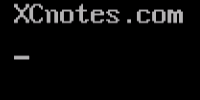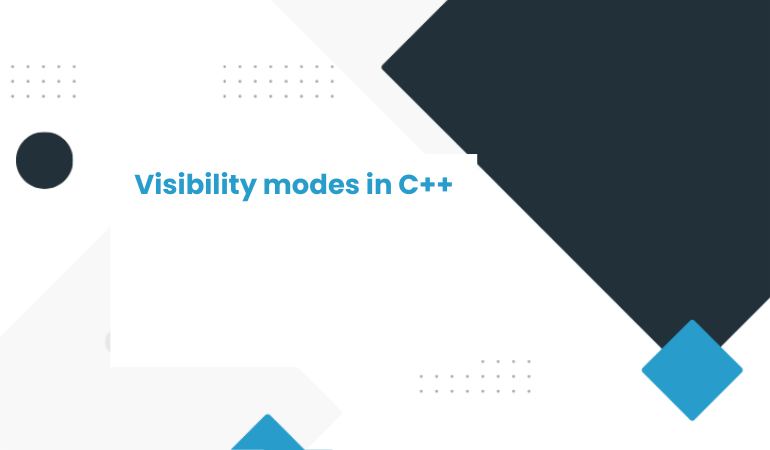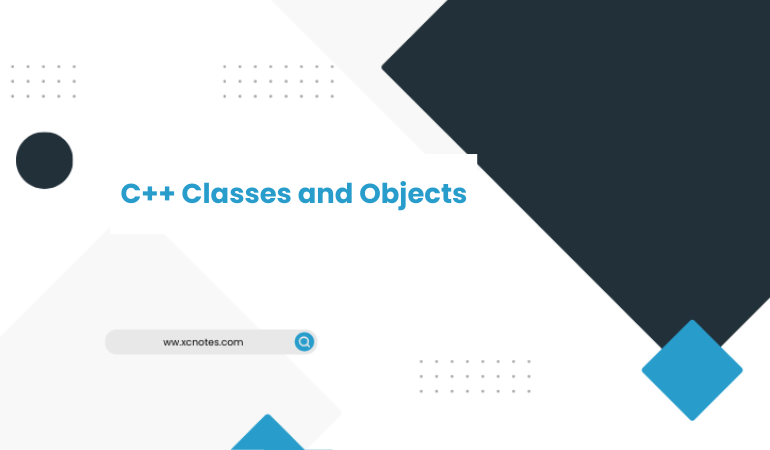
C++ Introduction
Certainly! C++ is a general-purpose programming language that was created as an extension of the C programming language. It was developed by Bjarne Stroustrup(Bjarne Stroustrup is a Danish computer scientist who is best known for his creation of the C++ programming language.) at Bell Labs in the early 1980s. C++ is known for its efficiency, flexibility, and object-oriented programming features. Here are some key concepts and features of C++:
1. Object-Oriented Programming (OOP):
Classes and Objects: C++ supports the creation of classes and objects, allowing you to model real-world entities.
Encapsulation: The bundling of data and methods that operate on the data within a single unit, known as a class.
Inheritance: The ability of a class to inherit properties and behaviors from another class, promoting code reusability.
Polymorphism: The ability to use a single interface to represent different types of entities.
2. Standard Template Library (STL):
A collection of template classes and functions that provide common data structures (like vectors, lists, and queues) and algorithms (like sorting and searching).
3. Memory Management:
C++ allows manual memory management through the use of new and delete keywords, giving the programmer fine control over memory allocation and deallocation.
4. Multi-paradigm Programming:
C++ supports procedural, object-oriented, and generic programming paradigms.
5. Syntax:
C++ syntax is similar to C, making it easy for C programmers to transition to C++.
6. Standardization:
The language is standardized by the International Organization for Standardization (ISO), with the most recent standard being C++20 (as of my last knowledge update in January 2022).
7. Popular Applications:
C++ is widely used in various domains, including system/software development, game development, embedded systems, and high-performance computing.
8. IDE (Integrated Development Environment) Support:
There are several IDEs available for C++ development, such as Visual Studio, Code::Blocks, and Eclipse.
Example Code:
Here’s a simple message print ” XCnotes.com ” program in C++:
#include <iostream.h>
int main() {
cout << “XCnotes.com” << endl;
return 0;
}

This program uses the iostream header for input and output operations and prints ” XCnotes.com ” to the console.
Learning C++ involves understanding these concepts and practicing coding. There are many online resources, tutorials, and books available to help you get started with C++ programming. As of my last update in January 2022, C++ continues to be a powerful and widely-used programming language.


